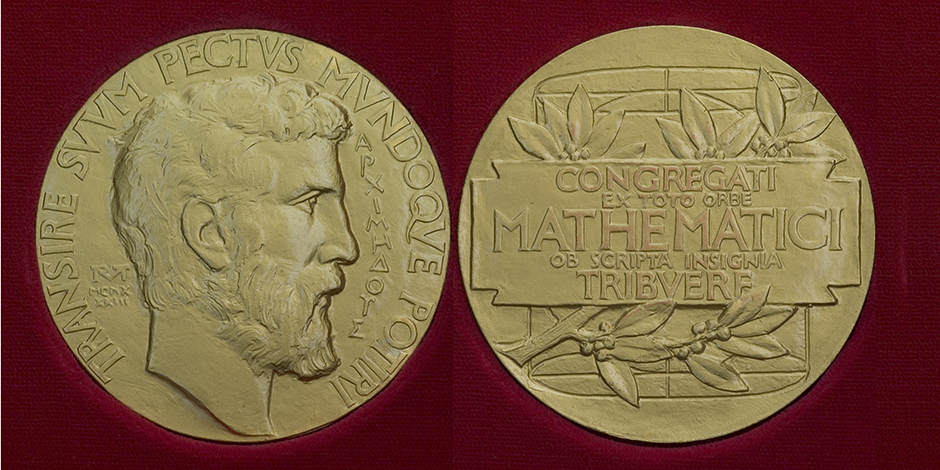August 3, 2018, 6:31 pm

The Fields Medal is the most prestigious prize available to modern mathematicians, often drawing comparisons to the Nobel Prize. But, according to historian Michael J. Barany, popular myths surrounding the Fields Medal’s formation obfuscate how it came to be, and what it truly represents in contemporary mathematics.
Prevailing rumors involving the Fields Medal include that it is the fruit of a rivalry between Alfred Nobel and mathematician Gosta Mittag-Leffler. Others attribute the prize’s age limit to a G. H. Hardy quote, which says that “mathematics, more than any other art or science, is a young man’s game.”
Read more:
“Of course, all of these are myths,” said Barany. According to the historian, the lack of a mathematics Nobel, could be easily explained. When categories were being invented, mathematics was not given the same societal importance as other areas. Age limits were introduced for separate reasons in the 1960s. And while Canadian mathematician John Fields was integral to establishing the prize, he never wanted it to be named after him.
Recently uncovered historical documents show that the Fields Committee, led by Harald Bohr, named the award after the Canadian despite his wishes, and defined the award’s symbolism, which remains unchanged today. Bohr was at the center of the 1950s Fields Committee, tasked with agreeing upon candidates in a fractured post-war era. “He selectively chose what to quote back to other members of the committee,” said the historian.
The committee had to choose the medal’s first recipients – meaning that the first winners needed to epitomize what the prize would represent. Andre Weil was considered the most exemplary mathematician at the time of the committee’s deliberation, but as a conscientious objector to World War II – and, consequently, an ex-convict – Weil didn’t represent the committee’s core values. “Weil was also problematic for the committee because he was known for being ‘a really unpleasant person’, and described as someone who ‘will never fit comfortably into ordinary organizations’,” said Barany.
Bohr originally proposed an age limit of 42 years old, but not on the basis that mathematics was for younger minds. “He draws a very sharp distinction between ‘young’ and ‘established’, and then asked every member of the committee to put forward 2 candidates,” said Barany, who says that the prize’s aim was never to choose the best living mathematician. “Bohr rejected Weil because of how established he was.”
“The goal of the Fields Medal was to come together in a way that avoids conflict,” he explained. “The committee went out of its way to make it clear that it was not trying to choose the top mathematician because this avoids the possibility of people saying that they had failed.”